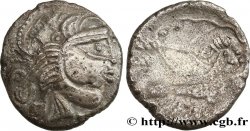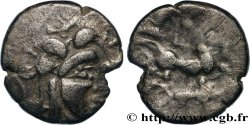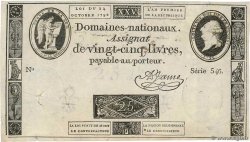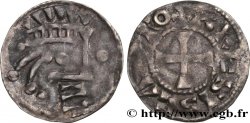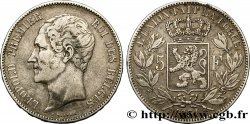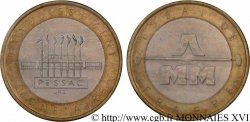Back 1/1
v28_0613 - GALLIA - BAÏOCASSES (Area of Bayeux) Statère de billon au sanglier
MONNAIES 28 (2007)
Starting price : 200.00 €
Estimate : 380.00 €
unsold lot
Starting price : 200.00 €
Estimate : 380.00 €
unsold lot
Type : Statère de billon au sanglier
Date: IIe - Ier siècle AC.
Mint name / Town : Bayeux (14)
Metal : billon
Diameter : 22,5 mm
Orientation dies : 2 h.
Weight : 3,81 g.
Rarity : R2
Coments on the condition:
Statère frappé sur un flan très irrégulier et ovale. Le métal semble très cristallisé, ce qui expliquerait le poids léger
Obverse
Obverse legend : ANÉPIGRAPHE.
Obverse description : Tête humaine à droite, les cheveux en grosses mèches ; (un sanglier enseigne et un cordon perlé dans la chevelure).
Reverse
Reverse legend : ANÉPIGRAPHE.
Reverse description : Cheval androcéphale galopant à droite ; un sanglier à droite, avec un annelet entre les pattes, entre les jambes du cheval ; restes de l'aurige au-dessus du dos ; (vexillum devant la tête).
Commentary
Si ce type existe en or, en argent et en billon, cet exemplaire est néanmoins particulièrement léger.
Although this type exists in gold, silver and billon, this example is nevertheless particularly light.
Although this type exists in gold, silver and billon, this example is nevertheless particularly light.








 Report a mistake
Report a mistake Print the page
Print the page Share my selection
Share my selection Ask a question
Ask a question Consign / sell
Consign / sell
 Full data
Full data
